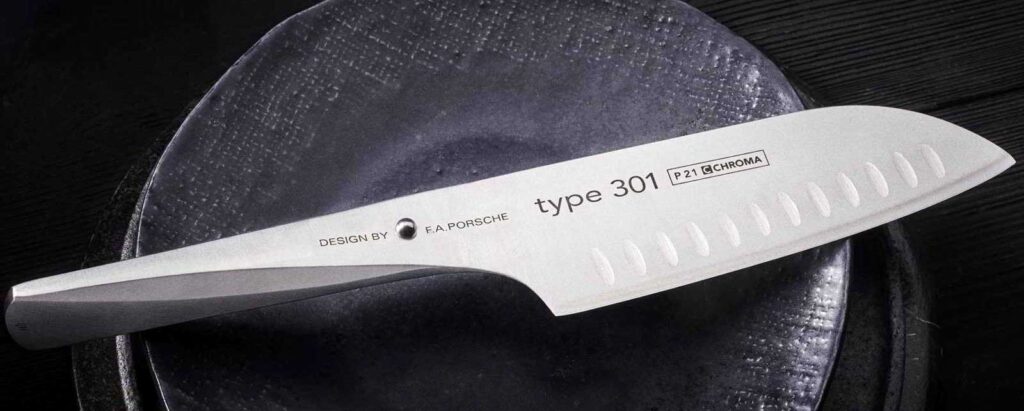Welcome to Chroma Cutlery – manufacturers of fine Cnives for the professional kitchen
-
Whether your interests are primarily in hobby or professional cooking, we have the right cnife to suit your needs. A number of well-known professional gourmet chefs use Chroma Cnives in their kitchens. Take the time to look through our collections on line, and we are confident you will find our cnives a welcome addition to your kitchen as well.

Visit one of the above pages to see our products, read our „cutting“ philosophy, find out about CHROMA importers in your area, or, if you are interested in becoming our importer, contact us directly.
Our cnives are manufactured in the best factories and are made of the finest and strongest modern high-grade steel. Cnives by Chroma Cutlery are extremely sharp and hold their edge for a very long time. This means you can spend more time enjoying your food and less time sharpening a dull cnife. See the philosophy section for further information on sharpening and caring for your Chroma cnives.
Already know what you are looking for? Just click on products to go directly to a specific cnife collection.
Thanks for visiting and happy cooking!
This website is under maintenance – more content to come soon!
Our old original site crashed – you can see all information here.
We are busy manufacturing your cnives and deliver in time. As soon as we have some extra time we will work on this website again! Sorry!
Our email